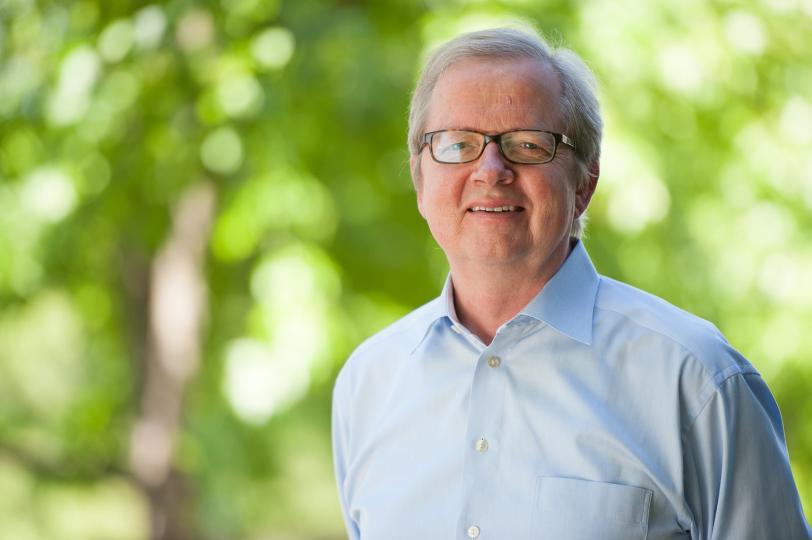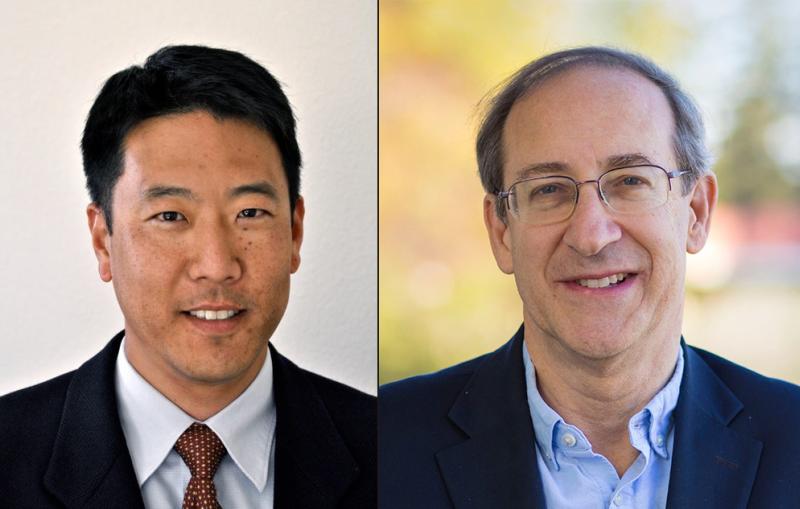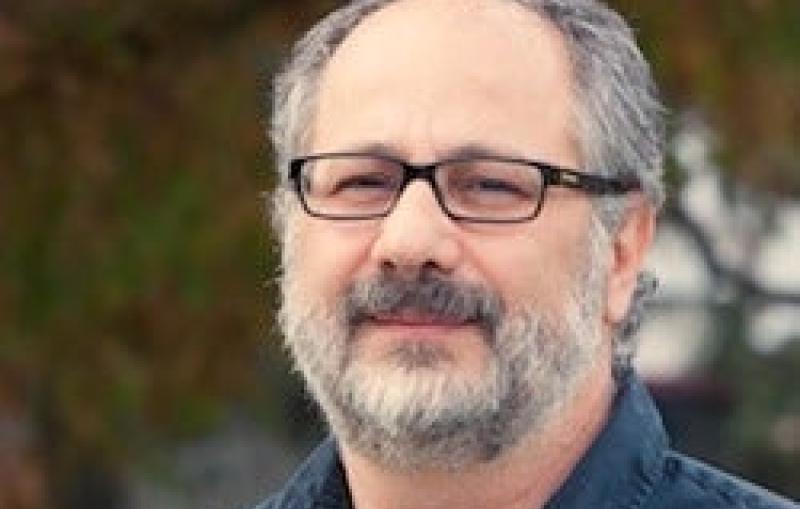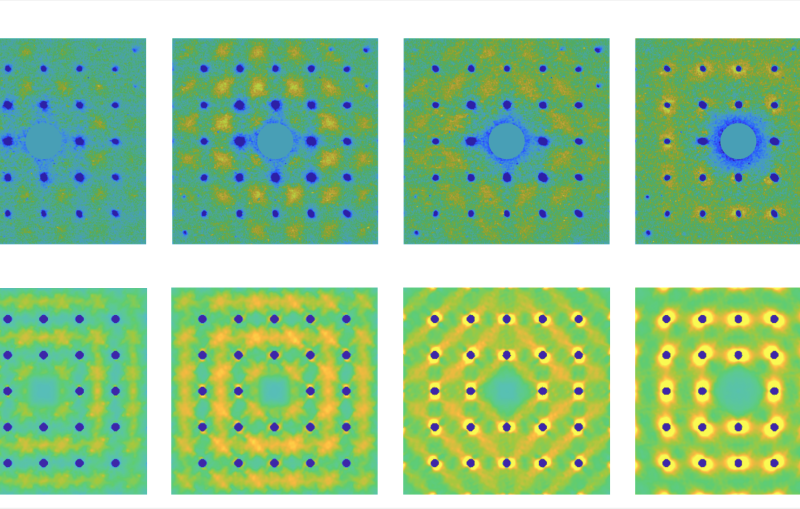National Academy of Engineering Elects SUNCAT Director Jens Nørskov
Honored for Outstanding Contributions to Field of Catalyst Design
Jens Nørskov, director of the SUNCAT Center for Interface Science and Catalysis at Stanford and the Department of Energy's SLAC National Accelerator Laboratory, has been named a member of the National Academy of Engineering (NAE), one of the highest professional distinctions for engineers.
The Leland T. Edwards Professor of Chemical Engineering at Stanford and professor of photon science at SLAC, Nørskov was cited for "theoretical approaches to design of heterogeneous catalysts, linking reaction rates to microscopic catalyst properties."
Membership in the National Academy of Engineering honors those who have made outstanding contributions to "engineering research, practice, or education, including, where appropriate, significant contributions to the engineering literature." It also recognizes the "pioneering of new and developing fields of technology, making major advancements in traditional fields of engineering, or developing/implementing innovative approaches to engineering education."
Nørskov is an author of more than 450 scientific publications and winner of a number of awards, including the 2015 Irving Langmuir Prize of the American Physical Society for his groundbreaking work on catalysis; the Michel Boudart Award from the North American Catalysis Society and the European Federation of Catalysis Societies; and the Gabor A. Somorjai Award from the American Chemical Society. He is a fellow of the American Physical Society and a member of the Royal Danish Academy of Science and Letters and the Danish Academy of Engineering.
He came to SLAC and Stanford in 2010 from the Technical University of Denmark, where he was director of the Catalysis for Sustainable Energy Initiative. He holds a master’s degree in physics and chemistry and a PhD in theoretical physics from the University of Aarhus.
Contact
For questions or comments, contact the SLAC Office of Communications at communications@slac.stanford.edu.
SLAC is a multi-program laboratory exploring frontier questions in photon science, astrophysics, particle physics and accelerator research. Located in Menlo Park, Calif., SLAC is operated by Stanford University for the U.S. Department of Energy's Office of Science.
The SUNCAT Center for Interface Science and Catalysis is a partnership between SLAC National Accelerator Laboratory and Stanford University. SUNCAT explores the atomic-scale design of catalysts for chemical processes related to energy conversion and storage. For more information, please visit suncat.slac.stanford.edu.
SLAC National Accelerator Laboratory is supported by the Office of Science of the U.S. Department of Energy. The Office of Science is the single largest supporter of basic research in the physical sciences in the United States, and is working to address some of the most pressing challenges of our time. For more information, please visit science.energy.gov.






